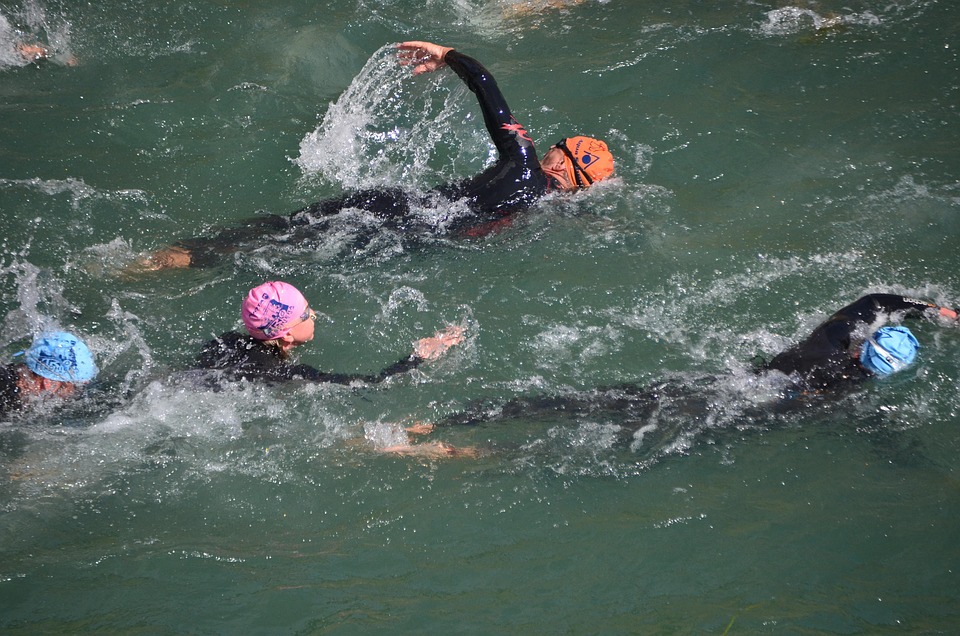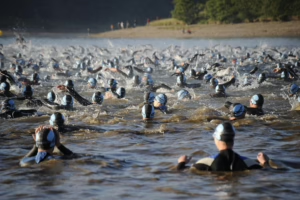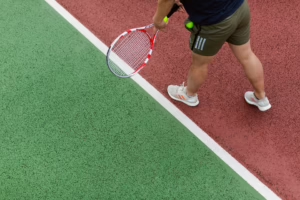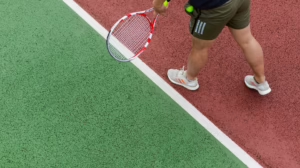Top 10 Triathlon Training Tips for Every Level
Triathlons, an endurance sports event combining swimming, cycling, and running in succession, have gained popularity among fitness enthusiasts around the globe. Participating in a triathlon requires not only physical prowess but also meticulous planning and strategy. Whether you’re a beginner or a seasoned triathlete looking to improve your performance, these top 10 training tips will help you make the most of your preparation.
1. Understand the Distances
Triathlons come in various distances, including Sprint, Olympic, Half-Ironman, and Ironman. Knowing the distance you’ll tackle is crucial for structuring your training program. Each distance demands different energy levels, pacing, and time commitments.
- Sprint Triathlon: 750m swim, 20km bike, 5km run
- Olympic Triathlon: 1.5km swim, 40km bike, 10km run
- Half-Ironman: 1.9km swim, 90km bike, 21.1km run
- Ironman: 3.8km swim, 180km bike, 42.2km run
Incorporate distance-specific workouts to gradually build stamina and adapt your body to the demands of the race [^1].
2. Get the Right Gear
Investing in quality gear tailored to each segment of the triathlon can significantly enhance your performance. Select cycling shoes, running shoes, and a swimsuit that cater to your specific needs.
-
Swim Gear: A well-fitting wetsuit can improve buoyancy and reduce drag. Opt for goggles that provide a comfortable fit and good visibility.
-
Bike Gear: A triathlon bike, if within budget, offers advantages over a standard road bike by optimizing your aerodynamics.
- Run Gear: Choose running shoes that suit your gait and provide the needed stability, cushioning, or support.
Consider seeking advice from professionals at your local sports store for personalized recommendations [^2].
3. Build a Structured Training Plan
Proper training requires a structured plan that outlines key workouts, rest days, and deload weeks. Beginners may start with 3–5 hours per week, gradually building up to 8–12 hours as they advance.
A balanced triathlon training plan should include:
- Swim workouts: Incorporate distance, speed, and technique drills.
- Bike workouts: Focus on endurance rides, interval training, and brick sessions (bike-run combinations).
- Run workouts: Mix easy runs, speedwork, and long runs.
Use tools like Google Sheets or dedicated training apps to track progress and plan sessions [^3].
4. Consistency is Key
Consistency is paramount in triathlon training. Adhere to your training plan and prioritize different disciplines throughout the week, ensuring you’re continuously building endurance and skills. Research indicates that athletes who maintain consistent training see marked improvements over time in endurance sports [^4].
Tip: Set aside specific days for each discipline, but ensure to rotate specialties to prevent burnout and overuse injuries.
5. Master the Transition
The transition between disciplines (T1: swimming to cycling, T2: cycling to running) can significantly impact your overall time. Practicing your transitions—referred to as "brick" sessions—is essential.
Focus on the following during transition training:
- Location: Practice your transitions in an area similar to race conditions.
- Equipment: Organize your gear efficiently to minimize time spent in transitions.
- Routine: Develop a consistent routine for your transitions that includes a quick change and hydration.
Efficient transitions can result in several valuable minutes saved during the race [^5].
6. Nutrition Matters
Nutrition plays a crucial role in training and racing. You need to fuel your body correctly with a healthy balance of macronutrients: carbohydrates for energy, proteins for muscle repair, and fats for endurance.
Key nutrition tips include:
- Pre-workout Meals: Consume a meal rich in complex carbs and moderate protein 2–3 hours before long workouts.
- Hydration: Stay hydrated, especially during long training sessions, with water and electrolyte replacement.
- Post-Workout Recovery: Eat a recovery meal containing carbs and protein within 30–60 minutes post-exercise to optimize muscle recovery [^6].
7. Listen to Your Body
Training for a triathlon can lead to fatigue and injuries if not approached judiciously. Pay attention to signals from your body, such as excessive fatigue, persistent pain, or sudden loss of motivation.
Key strategies include:
- Scheduled Rest: Plan for rest days and lighter loading weeks to allow your muscles to recover.
- Cross-Training: Diversify your fitness routine to engage different muscle groups and prevent burnout.
- Injury Prevention: Incorporate strength training, flexibility work, and proper warm-ups and cool-downs to mitigate the risk of injuries [^7].
8. Join a Community
Training for a triathlon can often feel isolating, but joining a local triathlon club or participating in group workouts can enhance motivation and make the process enjoyable. Communities can provide:
- Support and Wisdom: Learning from experienced triathletes can offer invaluable training insights and race day tips.
- Motivation: Group training helps maintain motivation, especially during harsh weather or tough training sessions.
- Accountability: Regular meetings create accountability, encouraging consistency in your workout schedule [^8].
9. Simulate Race Conditions
Incorporate training sessions that simulate race conditions to better prepare yourself psychologically and physically. Focus on:
- Open Water Swimming: Practice in a lake or ocean to become comfortable with waves and currents.
- Brick Workouts: Combine cycling and running training sessions to adapt your legs to the transition.
- Race Equipment: Use gear you plan to race with during training to identify any comfort or performance issues before race day [^9].
10. Mental Preparation
Mental preparation is as critical as physical conditioning. Develop strategies for managing race day anxiety and enhancing focus. Techniques include:
- Visualization: Picture yourself successfully completing each segment of the race.
- Mindfulness: Practice mindfulness or meditation to reduce stress.
- Goal Setting: Set specific, measurable, actionable, realistic, and time-bound (SMART) goals for your races to maintain focus on your performance.
Regular mental training alongside physical workouts can greatly contribute to overall performance [^10].
Conclusion
Now that you’ve armed yourself with these ten essential triathlon training tips, it’s time to hit the ground running (or swimming or cycling!). Remember that progression takes time, and each athlete’s journey is unique. Foster a mindset of resilience, be adaptable, and adjust your plan based on your body’s responses and experience. With dedication and smart training, you can conquer your next triathlon, regardless of your experience level.
References
[^1]: Training Volume and Performance in Endurance Sports. Journal of Strength and Conditioning Research. [^2]: Choosing the Right Gear for Triathlons. Triathlete Magazine. [^3]: Creating Effective Training Plans. Endurance Sports Coaching. [^4]: The Importance of Consistency in Training. Sports Psychology Journal. [^5]: Transition Practices for a Successful Race. Triathlon Training Without Borders. [^6]: Nutrition Strategies for Endurance Athletes. American Journal of Clinical Nutrition. [^7]: Injury Prevention in Endurance Sports. Sports Medicine. [^8]: Community Support in Endurance Training. International Journal of Sport Studies. [^9]: Benefits of Race Simulation in Training. Sports Science Review. [^10]: Mental Strategies for Endurance Athletes. Journal of Applied Sport Psychology.Feel free to expand on any section or request specific information!


























Add Comment